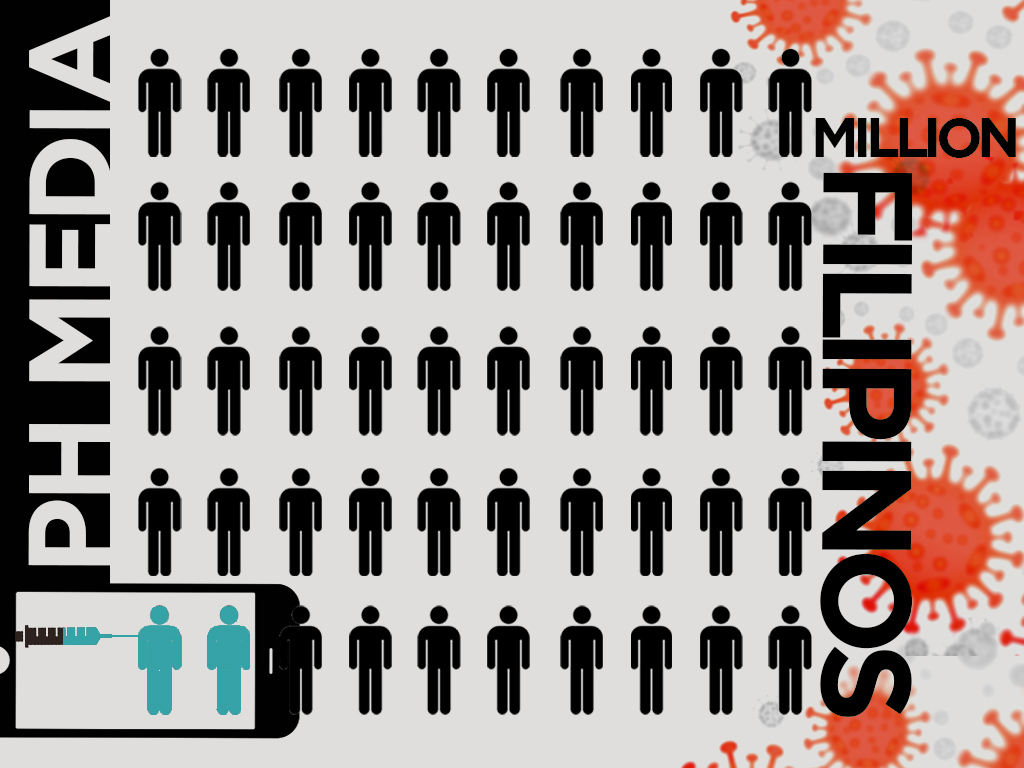Focused on events: No analysis from media on vaccination program issues
JEERS TO the media for their lack of interest in providing a sustained analysis and discussion of the country’s vaccination program. Media coverage has remained fixated on events such as the arrival of vaccines, Duterte’s controversial vaccination and the proposed mega-vaccination site on the Nayong Pilipino Foundation property. Reports have not examined the data and what the numbers reveal about the pace of vaccination.
Newsrooms have not taken the time and effort to explain why the vaccination has gone so slowly. The DOH said that the recent arrival of 1.5 million government-procured Sinovac doses, 2 million doses of COVAX-donated AstraZeneca, and 193,000 doses of COVAX-donated Pfizer could ramp up the daily vaccination average to 60,000. But news accounts did not follow up on how government can actually speed up the rate of inoculation or whether the government will achieve its declared goal of herd immunity by end-2021.
There have been no reports on widespread vaccine resistance. But health workers have referred to the problem. If indeed this is a significant deterrent, then the IATF needs to conduct an information campaign to help make vaccines more acceptable especially for essential workers and to popularize the program which, if conducted well, will address the pandemic threat.
CMFR previously cheered news.ABS-CBN.com and Rappler for publishing online vaccine trackers indicating the supply, distribution and administration of vaccines per region. But media organizations need to analyze the data in these trackers, as well as to refer to these data sources so they can report what is revealed by the numbers.
Curiously, ABS-CBN’s tracker also says the DOH has revised the target number of vaccinated individuals from 70 million to 50 million. Journalists have not asked why the number was reduced.
Similarly, the press has not looked into the adequacy of vaccine funds and the actual process of procurement of the country’s supply. TV Patrol aired a report on the budget breakdown and allotment, opening further questions on the date of delivery of vaccines. The national government has paid for no other vaccines except Sinovac. The media should ask for an explanation on this development and the slow delivery of other brands.
The government insists that the Philippines has one of the best vaccination programs in the ASEAN region. Despite being fact-checked previously by some news reports, vaccine czar Carlito Galvez kept up the official spin, boasting on May 10 that the country now ranks second in the number of doses administered.
Sadly, media’s timid coverage has repeated the false claim – as the ranking did not calculate the ratio of those vaccinated to the population.
These crucial misses may be due to lack of competence and knowledge about the subject they are reporting. Media organizations should make an effort to raise the capacity of the media to do a better job. The people should know whether in this crisis, journalists were more willing to echo the government’s official line rather than depend on their own independent analysis.

Leave a Reply